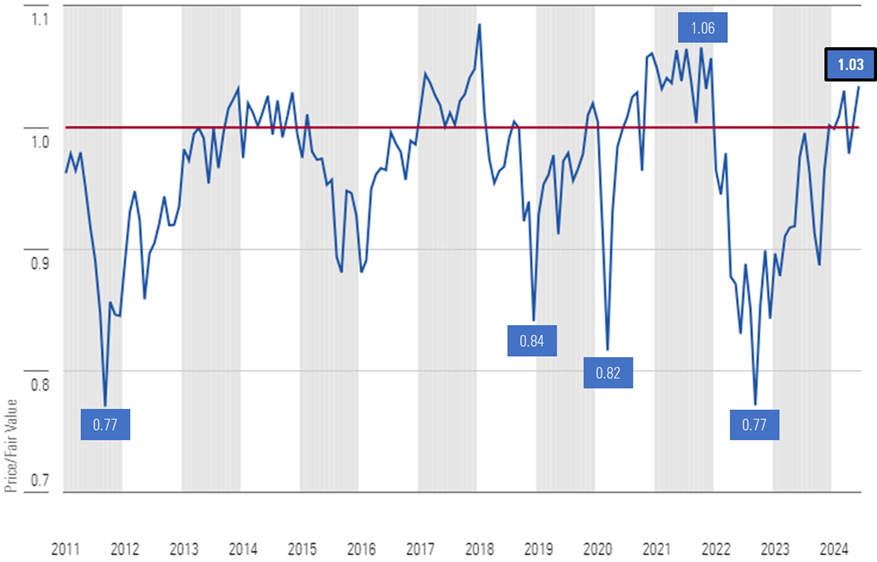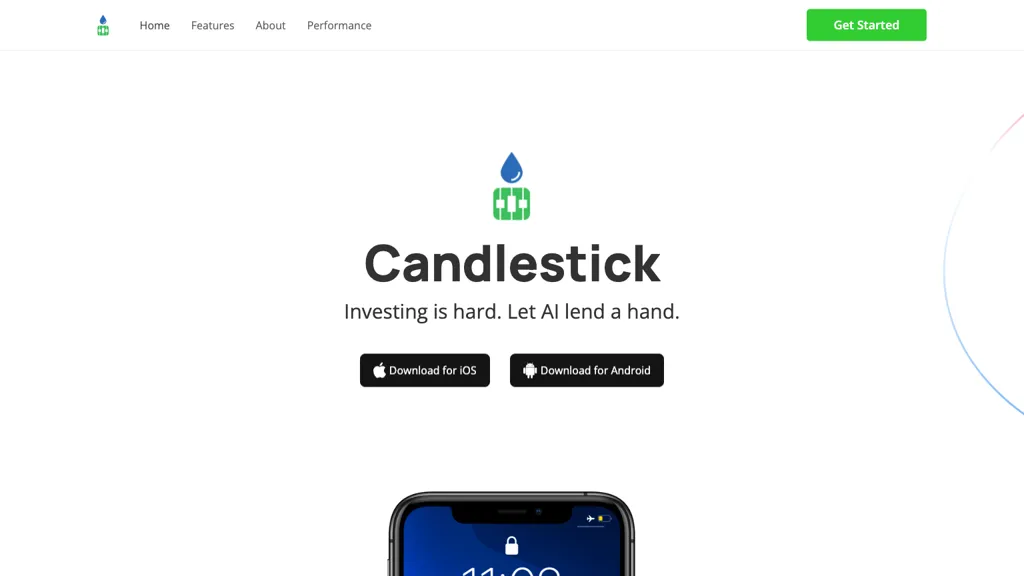Because they handle sensitive and personal financial information, security and privacy are of paramount importance when utilizing AI trading platforms that predict/analyze stock prices. An attack or mishandled data could result in significant financial losses as well as reputational damage. Here are the top 10 tips to help you evaluate the privacy and security capabilities on these platforms.
1. Evaluate Data Encryption
Encryption while in transit Be sure that the platform is using secure protocols (e.g. TLS/SSL) to secure information that is transferred between your devices and their servers.
Transporting encrypted data Verify that the sensitive data being stored on a server of the platform has been secured using strong encryption standards such as AES-256.
Verify if the platform supports end-to-end encryption of sensitive information or communications.
2. Assess the authentication mechanisms
Double-factor authentication (copyright). It is important to ensure that your platform supports copyright. This adds an additional layer of security.
Biometric authentication: Determine whether the app supports biometric login options (e.g. fingerprints, facial recognition, etc.)) for mobile applications.
Password policy: Verify if the platform enforces strict policies on passwords (e.g. minimum length or complexity requirements).
3. Check for Compliance
Financial regulations: Ensure that your platform is in compliance with the relevant financial regulations (e.g. SEC, FINRA or MiFID II).
Data protection laws: Check the compliance of privacy laws (e.g. GDPR, CCPA), if you're operating or conducting business with regions protected by these laws.
Audit certifications. Verify that the platform you're considering has been through third-party assessments of security or certificates.
Review Data Access Controls
Role-based access: Apply accessibility rules based on roles to limit access to information to authentic users.
Permission levels: Determine if you can set granular permissions for different users or team members.
Activity monitoring: Check whether the platform tracks and monitors user activity for any suspicious activity.
5. Assess the vulnerability of your organization.
Regular updates: The platform should regularly update its software to fix the weaknesses.
Verify that the platform is regularly subjected for penetration testing in order to detect security flaws and then fix these vulnerabilities.
Bug bounty programs: Check whether your platform offers a program that rewards external security experts for reporting vulnerabilities.
6. Evaluate Data Privacy Policies
Transparency: Read the privacy policies of the platform in order to better understand how data is collected, shared, and utilized.
Data minimization - Make sure that the platform only collects the information it requires for its operation.
Third-party sharing: Determine if your platform shares information with third parties and, if so what are the terms.
7. Secure API usage must be inspected
API security: Ensure the API of the platform API utilizes secured authentication methods (e.g., OAuth, API keys) and also encrypts data exchanges.
Limiting rate. Verify the API's rate limiter to avoid misuse.
Access logs: Check whether the platform is recording API access and usage for monitoring and auditing.
8. Review Incident Response, Recovery
Incident response plans: Ensure that the platform you are using has a clearly defined incident response plans. This plan should address the handling of data and security breaches.
Review the platform's notification policy to determine if the platform informs its users in a timely manner if there is an attack on security.
Check the data backups as well as Disaster recovery plans.
9. Review security measures for physical security
Data center security: Make sure the servers on your platform are situated in data centers with physical security measures like security and access controls.
Redundancy: Check if there are redundant systems on the platform to make sure that data is accessible in case of hardware failure.
Geographic distribution: To improve resilience, make sure the data is distributed to different sites.
10. Test privacy controls for users
Data deletion: Make sure the platform permits you to permanently delete your personal information when you stop using the service.
Privacy settings: Make sure to check whether the platform offers privacy settings that control the data that is publicly available or shared.
Check for anonymization. This is important when you use the platform to conduct machine-learning or analytics.
Bonus Tips
Reputation and reviews of users - Research the reviews and feedback of users to get a feel for how safe and secure a platform.
Free trial period: Experience the privacy controls of the platform and security features with the demo.
Customer Support: Be sure that the platform offers a solid support for issues or concerns related to security.
With these suggestions, you can effectively assess the privacy and security of AI platform for predicting and analyzing stocks, ensuring your financial and personal information is secure. A secure platform not just protects your assets, but creates trust and confidence in its products and services. Read the recommended this hyperlink about ai investment app for website info including using ai to trade stocks, trading with ai, ai investment app, ai stock trading app, ai stock trading app, ai investment platform, ai for trading, best ai stock, options ai, trading with ai and more.

Top 10 Tips On Assessing The Regulatory Compliance Of Ai Stock Prediction/Analyzing Trading Platforms
The compliance with regulatory requirements of trading platforms that use AI to predict/analyze price movements is a crucial factor. Compliance can help ensure that the platform is operating in compliance with legal guidelines and protecting personal data of the users. Here are 10 best suggestions to evaluate the compliance of these platforms.
1. Verify Registration and Licensing
Authorities regulating the platform: Make sure that the license and registration is with the relevant financial regulatory authorities (e.g. SEC or FCA in USA, ASIC or ASIC in Australia).
Broker partnerships: Verify that brokers that are a part of the platform are also properly licensed.
Public Records: Visit the official website of your regulatory body for information on registration status, past violations and other relevant data.
2. Take Data Privacy Measures Compliance
GDPR: If you are operating or serving users within the EU Make sure the platform is compliant to the General Data Protection Regulation.
CCPA: California Consumer Privacy Act compliance is mandatory for all users.
Data handling policy: Ensure you read the privacy policies to learn the ways in which data of users is collected and stored.
3. Evaluation of Anti-Money Laundering Measures
AML Policies: The platform should have strong AML (Anti-Money Laundering) policies to identify money laundering and prevent it.
KYC Procedures: Determine if the platform has procedures in place to confirm users' identities.
Monitoring transactions Check if your platform monitors all transactions for suspicious activity and notifies the authorities.
4. Check to see if you are in compliance with Trading Regulations
Market manipulation: Ensure that the platform has safeguards in place to stop market manipulation, including the spoofing of trading and wash trading.
Types of orders. Examine if your platform complies with the rules for orders.
Best execution: Ensure that the platform is following the most efficient execution procedures to ensure trades are executed at the highest price.
5. Assessment of Cybersecurity's compliance
Data encryption: Ensure that the platform is secure for the user's data while it is while it is in transit as well as when it is at rest with encryption.
Incident response: Verify that the platform has an incident response plan in place for cyber-attacks and data breaches.
Certifications: Verify if the platform is certified for cybersecurity.
6. Transparency and Disclosure A Review
Fee disclosure: Verify that the platform has clearly disclosed all fees including additional charges or hidden charges.
Risk disclosure: Check if the platform has clear information about risk. Especially for high-risk and leveraged trading strategies.
Performance reporting - Examine for accurate and transparent performance reports provided by the platform for its AI models.
7. Make sure you're in compliance with International Regulations
Cross-border Trading: If your trading involves international markets, you should ensure that the platform meets all regulatory requirements in each jurisdiction.
Tax reporting: Check the platform's tools or reports to allow users to comply with tax regulations.
Sanctions compliance: Make sure the platform is compliant with international sanctions and is not allowing trading with banned organizations or nations.
8. Assess Audit Trails and Record-Keeping
Transaction records: Make sure that the platform keeps precise records for purposes of regulatory and audit purposes.
Logs of user activity (logs) You can check to see if the platform tracks the activities of users, such as logins and trades. Also, make sure that account settings are changed.
Audit readiness: Ensure the platform has all the logs and documentation required to be able to pass a review by a regulator.
9. Examine compliance with AI-specific Regulations
Algorithmic trading rules: If using a platform that supports algorithmic trading ensure that it is compliant with the relevant regulatory frameworks, such as MiFID II or Reg SCI, in Europe and the U.S.
Bias and Fairness: Verify that the platform detects and reduces biases in its AI models to ensure fair trading.
Explainability: Make sure the platform gives clear explanations for AI-driven predictions and decision making in accordance with certain regulations.
10. Review User Commentaries and Historical Regulatory History
User reviews: Make use of feedback from users to evaluate the platform's regulatory conformity.
Regulatory History: Look for past violations of the regulations and penalties, fines or sanctions.
Third-party checks: Verify that the platform is in compliance with the law by checking if it undergoes regular audits by third parties.
Bonus Tips
Legal consultation: Speak with an attorney to make sure that the platform is in compliance with the relevant laws.
Trial period for free: You may use a demo or free trial to try out the compliance features of the platform and its documentation.
Customer support - Check that the platform is able to provide assistance for any compliance related concerns or questions.
By using these tips you can identify the level of compliance with the law between AI stock trading platforms. This will enable you to choose a platform that is operating within the legal framework that safeguards your interests. Compliance does more than lower legal risks, but also improves trust in the platform. Follow the recommended best ai penny stocks for site recommendations including trading ai tool, ai tools for trading, free ai stock picker, ai stock predictions, free ai stock picker, ai software stocks, how to use ai for stock trading, free ai tool for stock market india, ai options, ai options and more.
